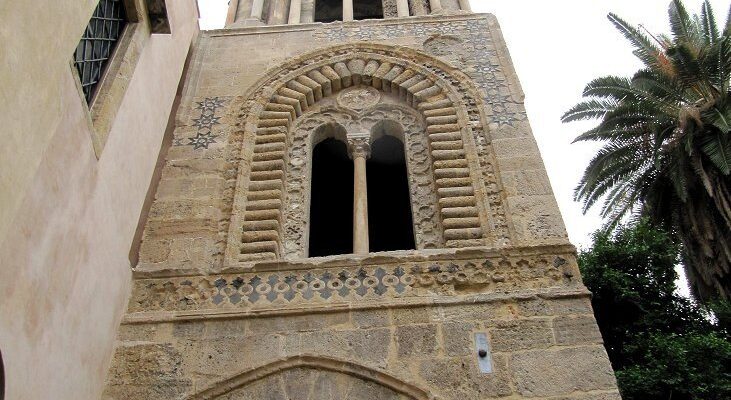Martorana Cathedral (La Martorana)
Martorana is a picturesque church in the Sicilian city of Palermo that is very popular with honeymooners. The church was built in the 12th century in the Arabo-Norman style popular on the island and later remodeled in the Baroque tradition. Because of this, the eclectic church is often referred to as an “architectural collage”. The Martorana has preserved unique Byzantine mosaics. Since 2015, the Palermo church has been listed as a UNESCO World Heritage Site.
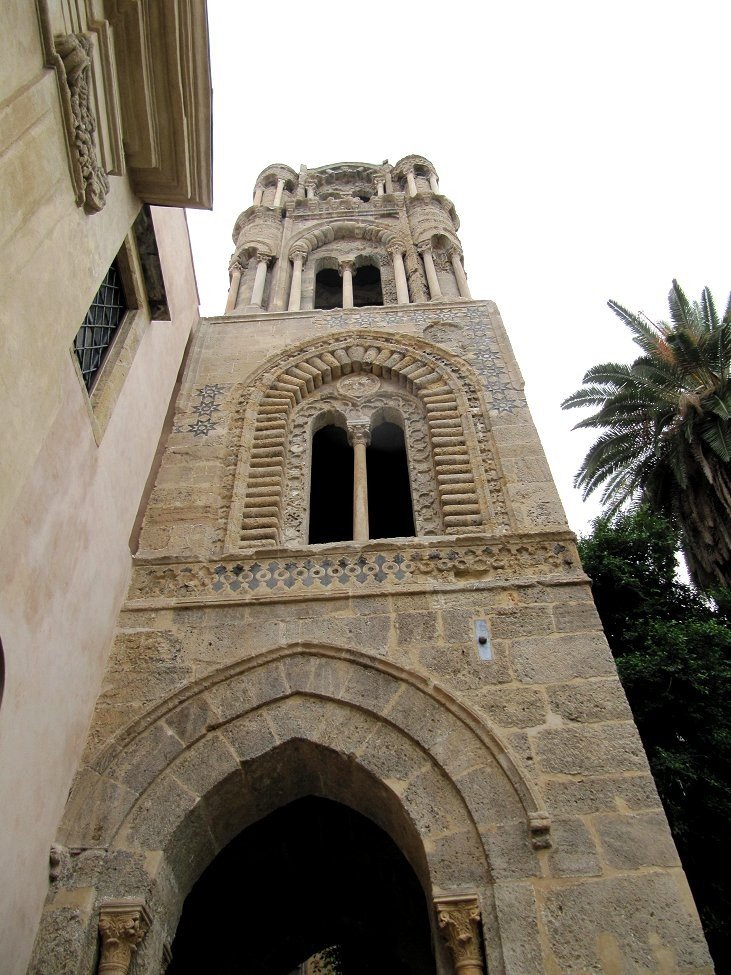
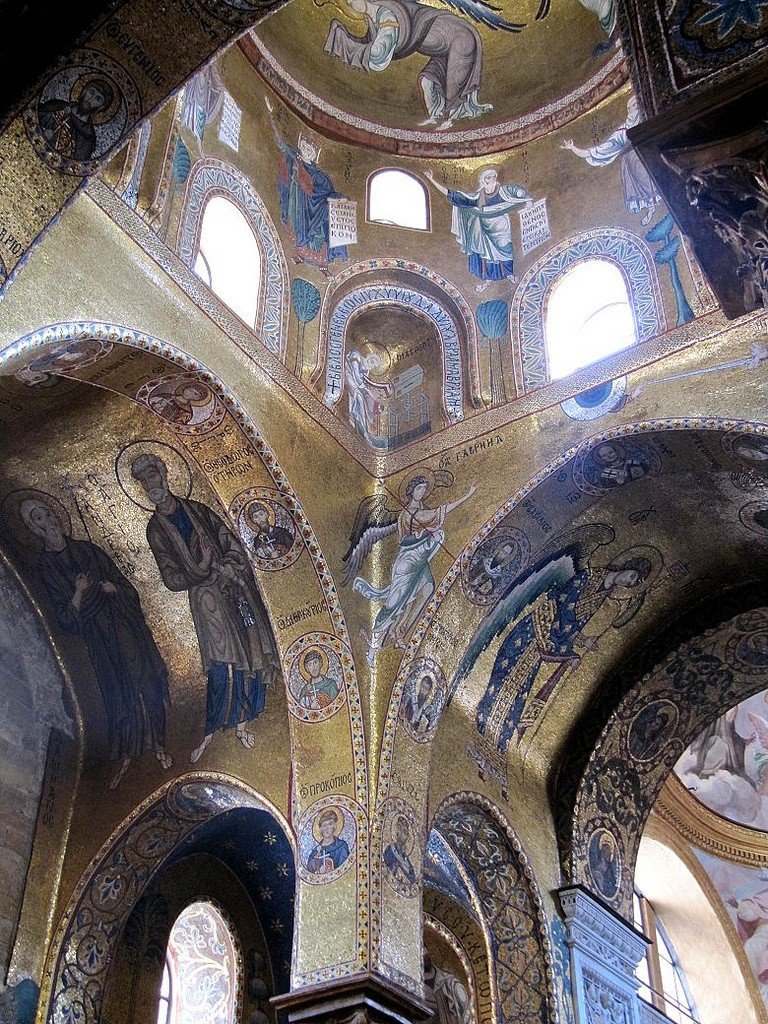
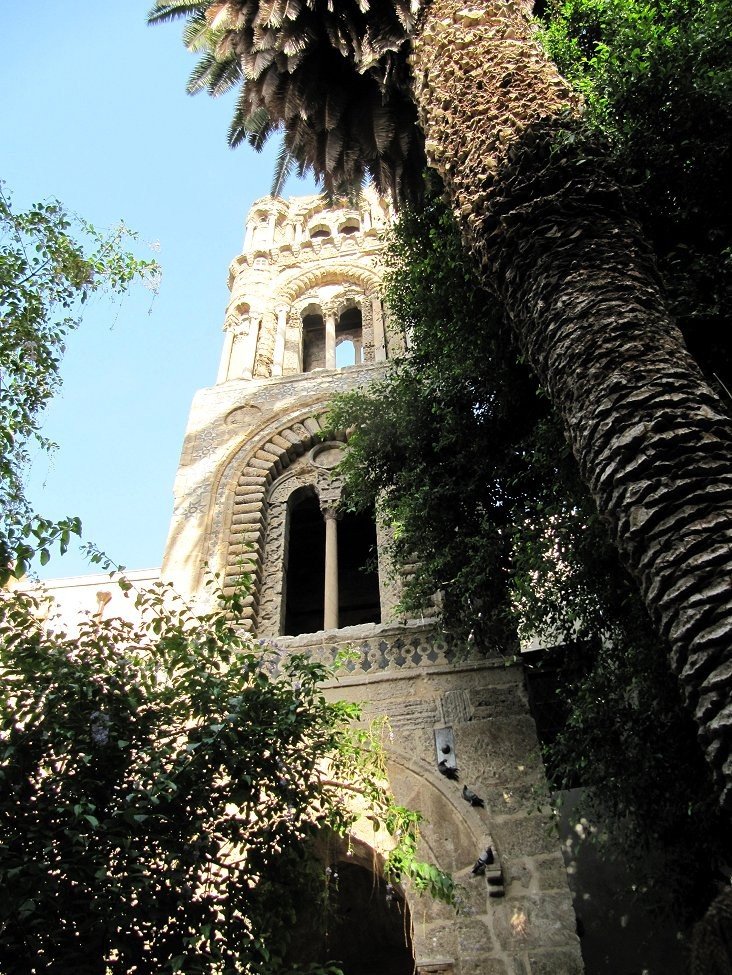
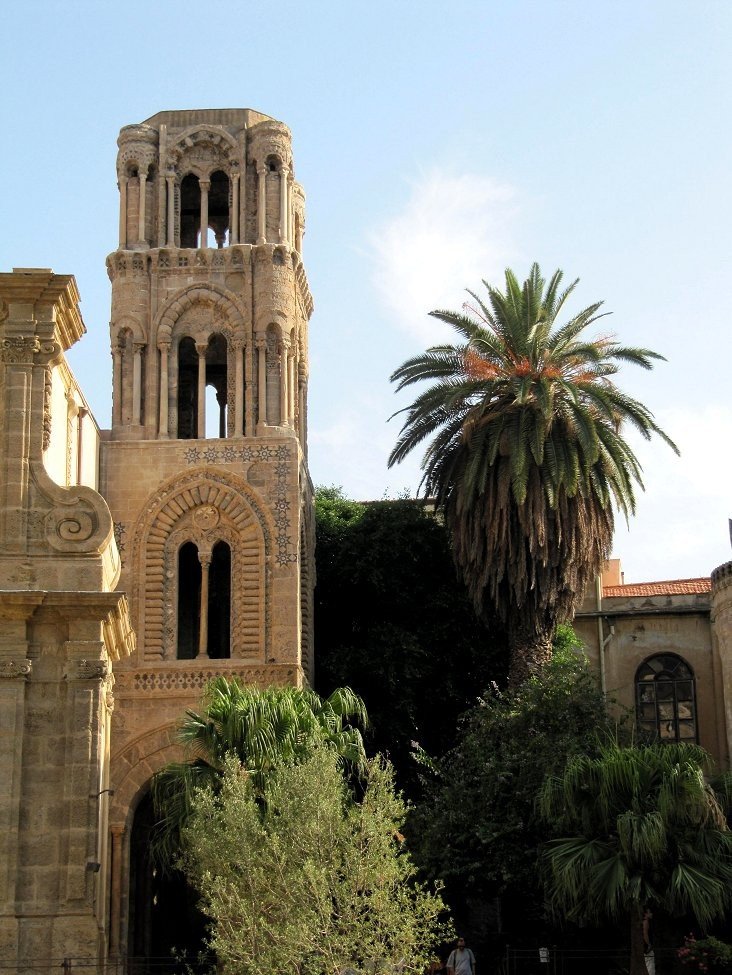
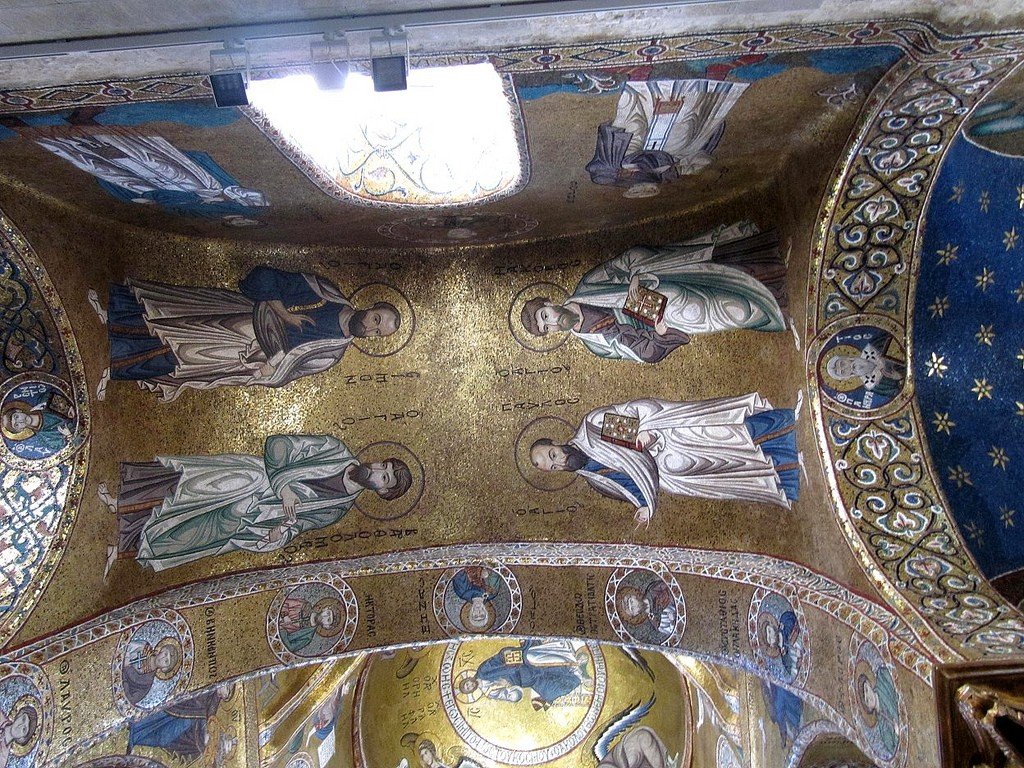
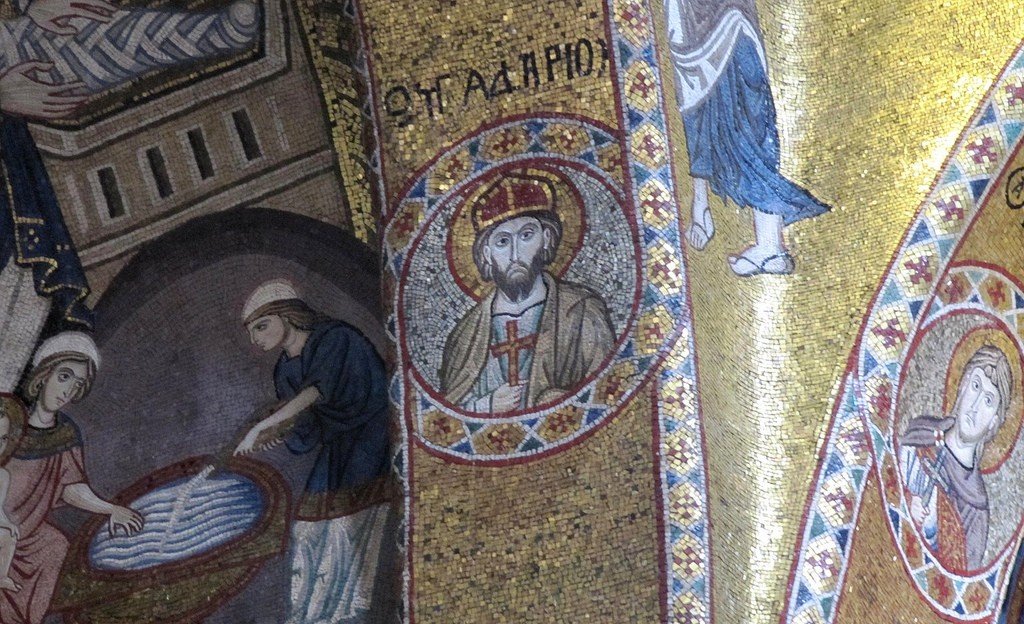
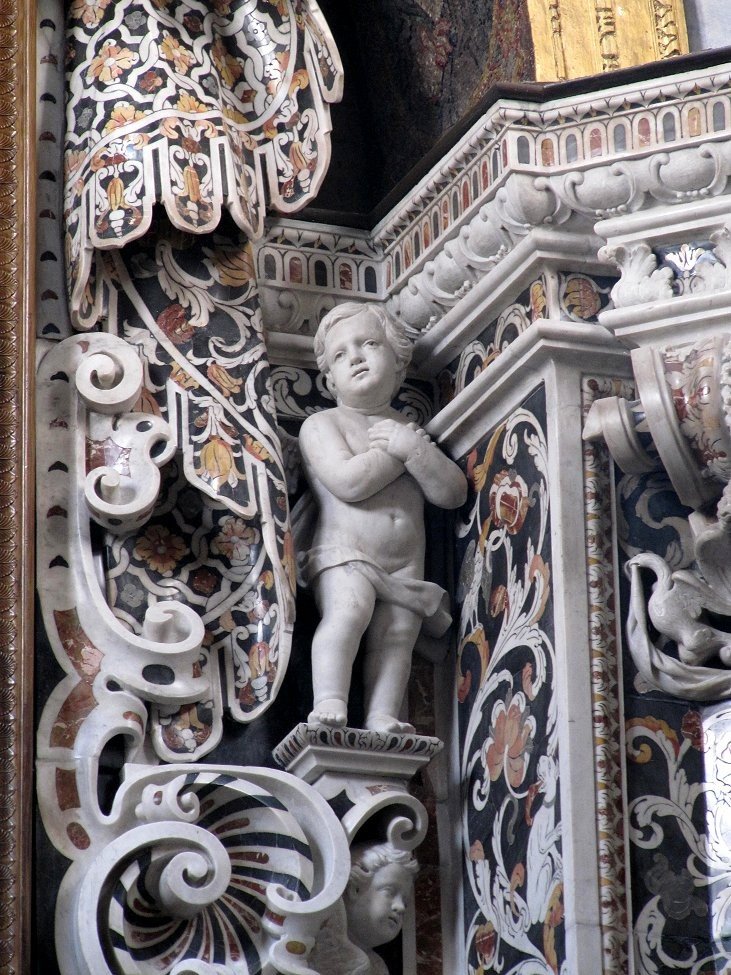
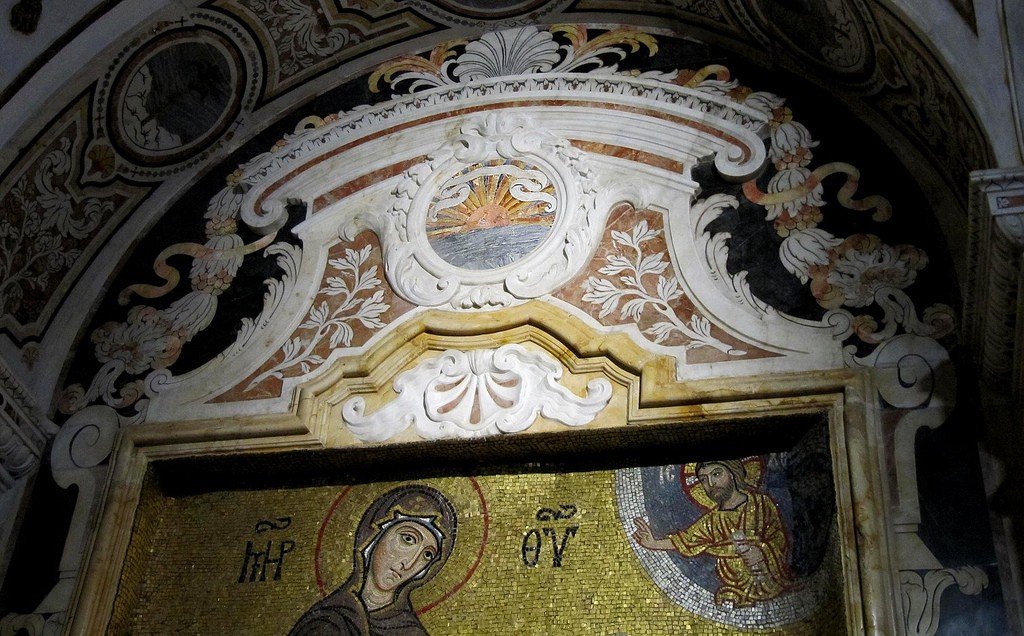
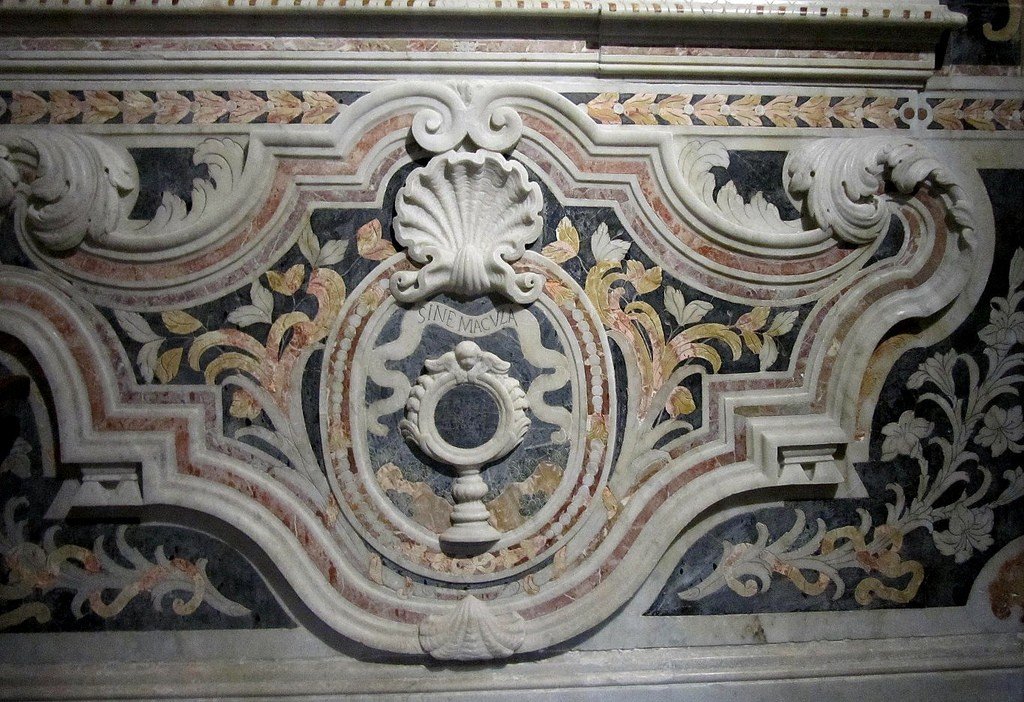
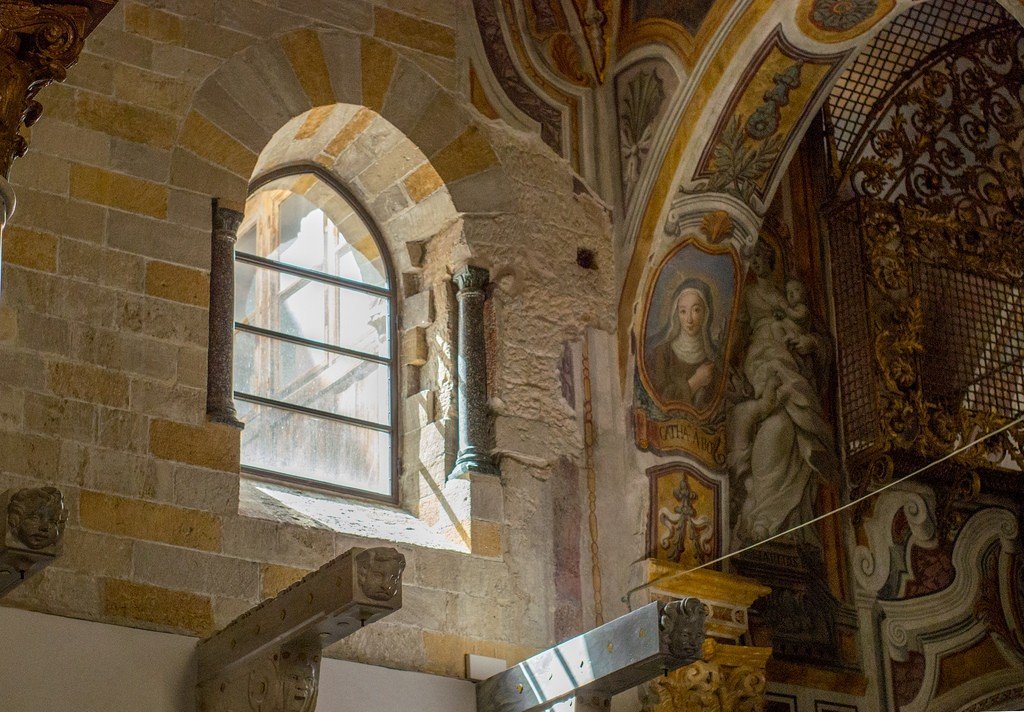
Video: Martorana
ContentsHighlights
Martorana belongs to the Italian-Albanian Catholic Church and has the status of one of the cathedrals of the local diocese. Residents of the city are not too fond of the name “Martorana” and more often refer to the shrine as Santa Maria del Ammiraglio because it used to be dedicated to the Virgin Mary.
.
Despite numerous reconstructions, the church has retained the shape of a Greek or equal-armed cross. Only the southern facade, the part of the church that faces the courtyard and is inaccessible to ordinary tourists, has its original appearance. The church is crowned with a hemispherical dome resting on an octagonal drum. Each side of the drum has a small window, so there is enough light inside the Martorana to allow the colorful Byzantine mosaics to be seen in all their splendor.
.Next to the main building rises the campanile or bell tower. The slender four-tiered structure used to be covered by a separate dome. Thanks to the skillful work of the builders, the tall building looks very refined. Some elements of the decoration suggest that the belfry is the work of builders who came to the island from the Crusader kingdom of Jerusalem.
.History of the Church of Martorana
The temple was built in 1143 at the expense of Admiral George of Antioch, so for a long time it was called Admiral’s Church. The basilica had the shape of a Greek cross, three apses, a narthex and a courtyard with a belfry. At first it was a house church, near which stood the palace of the Admiral. For several centuries Martorana belonged to the Greek parish, and church services in it were held according to the Byzantine canon.
.
The temple acquired its modern name in 1431, when King Alfonso V the Magnanimous gave it to the Benedictine monastery Martorana. After that, service in the temple began to serve in the Latin rite. The monastery itself has not survived to this day, as it was destroyed during World War II, when Allied troops bombed Palermo.
.
In the XVII century, the talented architect Andrea Palma built a beautiful northern facade, and on the site of one of the destroyed apses of Martorana erected a Baroque chapel. In the 70s of the XIX century in the temple were serious restoration work, during which some of the Baroque layers were removed. In 1935, at the will of Italian dictator Benito Mussolini, the Palermo temple became the property of the Albanian community, and church services were resumed according to the Byzantine canon.
.Mosaics
All the mosaics of Martorana have a characteristic golden background. The most valuable of them are those depicting the founders of the church. On one mosaic, the church planter George of Antioch lies at the feet of the Virgin Mary, and on another Christ symbolically crowns the Sicilian ruler Roger II.
.
In Catholic tradition, only the pope or his vicar can crown a ruler, so the author of the ancient mosaic sought to show that authority in Sicily is given directly from God and does not need earthly intermediaries. The dome of the Martorana is adorned with a magnificent mosaic depicting Christ surrounded by the four apostles.
.How to get there
The Martorana is located at Piazza Bellini, 3, in the historic part of Palermo, 1.8 km from the seaside. It is not difficult to walk from the train station to the church in 12-15 minutes. If desired, the church can be reached by city buses or cabs.
.